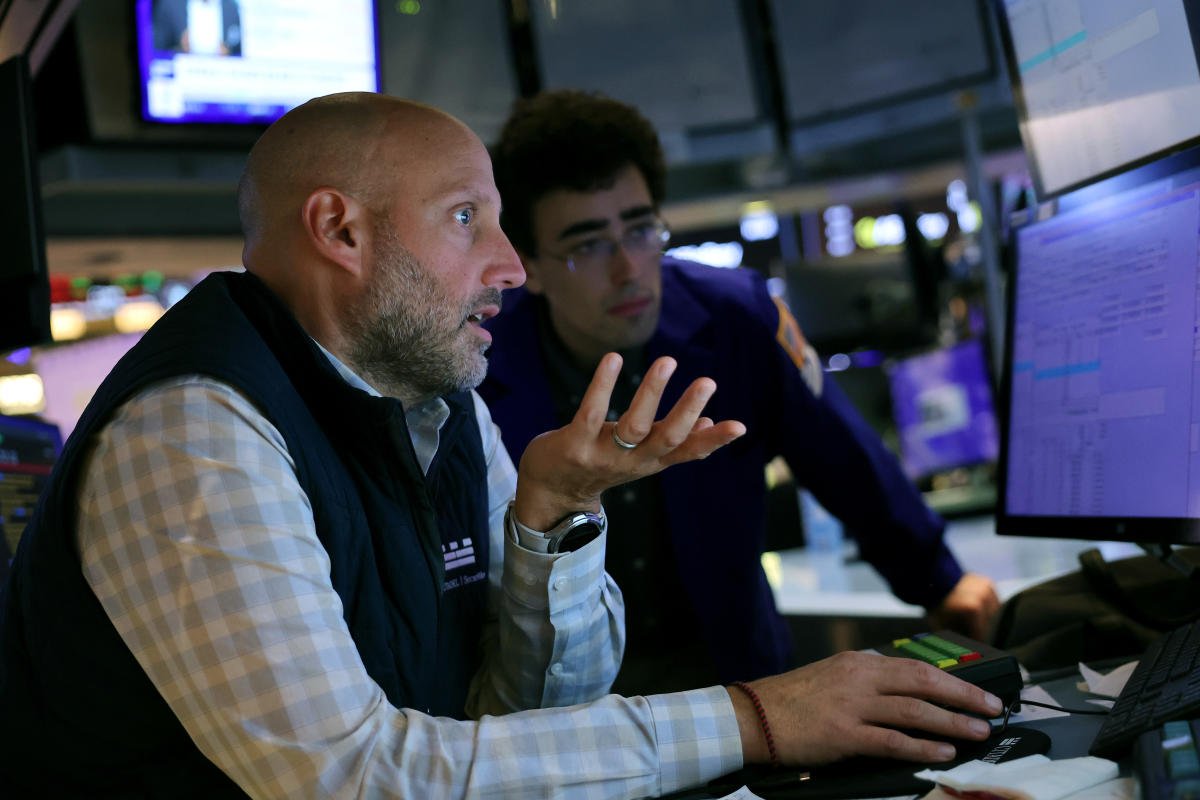There aren’t that many better options in the stock market right now.
Long-term investors shouldn’t buy shares in a company because of performance in a single quarter. However, quarterly updates sometimes contain revealing clues about a corporation’s investment thesis and long-term prospects.
Let’s look at Amazon (AMZN -4.19%), the e-commerce giant that recently reported strong third-quarter results. The company’s shares jumped on the news, and with good reason. Amazon is showing that, despite being one of the largest companies in the world, it still has plenty of room to grow and is an excellent buy-and-hold option.
The formula for Amazon’s success
In the third quarter, revenue increased by 11% year over year to $158.9 billion. The company’s top-line growth isn’t nearly as impressive as it once was, but that’s bound to happen as a corporation grows and reaches Amazon’s size.
More importantly, Amazon is sticking to the blueprint that made it so successful in the past 30 years. It was originally just an online bookseller that saw the vast opportunity in online commerce and took advantage of it.
In 2006, the company launched its cloud computing division, AWS, which is its most profitable unit.
Now, Amazon is diving headfirst into the artificial intelligence (AI) field. It offers various AI-related services and continues to introduce more to cater to the needs of its clients.
AI has been around, in some capacity, for a long time. But it recently reached an inflection point, putting it on a long-term growth path. Amazon is in an excellent position to benefit from that.
During the company’s third-quarter earnings conference call, CEO Andy Jassy said, “AWS’ AI business is a multibillion-dollar revenue run rate business that continues to grow at a triple-digit year-over-year percentage and is growing more than three times faster at this stage of its evolution as AWS itself grew, and we felt like AWS grew pretty quickly.”
Imagine what Amazon’s AI business will look like in two years if it keeps up this pace, or in five years, or 10. To emphasize the point, this is less about AI and more about the company’s ability to identify and pounce on profitable growth opportunities.
There will be others, especially as its bottom line and free cash flow are impressive. The company’s net income grew by 54.5% in the third quarter to $15.3 billion. Its free cash flow of $47.4 billion more than doubled compared to the year-ago period. Pursuing new opportunities often requires significant capital, and Amazon has plenty of it.
A powerful moat
All the growth opportunities in the world won’t matter if Amazon can’t keep competitors at bay. And that’s what competitive advantages are for.
They can stem from multiple sources: intangible assets, switching costs, and network effects, among others. All three of these apply, on some level, to Amazon.
The company’s biggest intangible asset is its brand name, routinely ranked as one of the most valuable in the world. Amazon’s main website is one of the most visited worldwide. People who want to buy things online will often naturally, perhaps even subconsciously, gravitate toward the company.
Next, Amazon’s AWS benefits from high switching costs. These can be actual fees from jumping to another cloud provider. But the process can be costly in other ways, too, including the time it would take to decide which competitor to pick and the actual process of migrating data from AWS onto the new provider. Companies won’t want to go through that without an excellent reason. Businesses whose services enjoy high switching costs can command higher prices.
Lastly, Amazon’s e-commerce platform benefits from the network effect since the more merchants that use it, the more attractive it is to consumers, and vice versa. So, while there will be plenty of competition, Amazon’s strong moat makes it likely to remain a leader in its various niches for a long time. And there is also the company’s work in video and music streaming, healthcare, or its grocery business.
Amazon’s future looks incredibly bright, with multiple growth avenues, a strong competitive edge, and plenty of cash on hand. The company should deliver above-average returns for a long time, making it a top contender for a “forever” stock.
John Mackey, former CEO of Whole Foods Market, an Amazon subsidiary, is a member of The Motley Fool’s board of directors. Prosper Junior Bakiny has positions in Amazon. The Motley Fool has positions in and recommends Amazon. The Motley Fool has a disclosure policy.
















